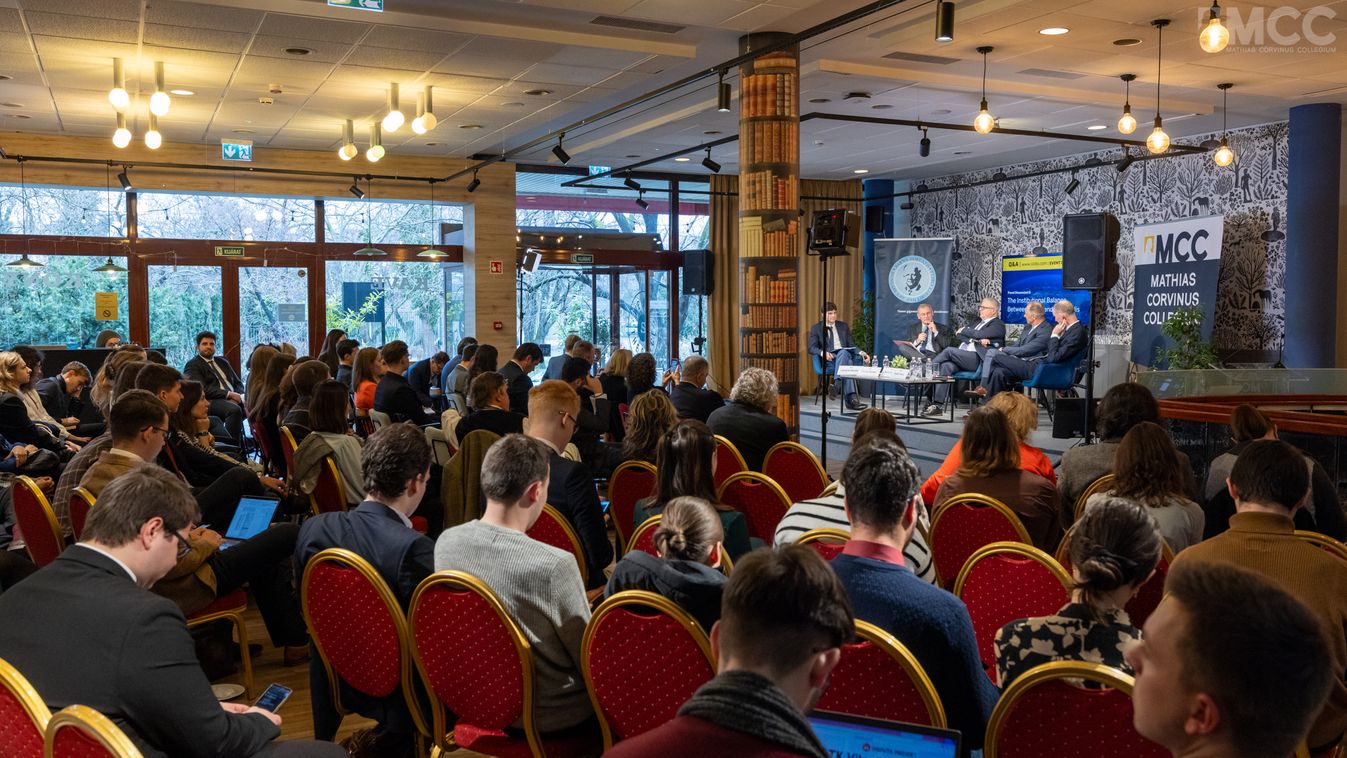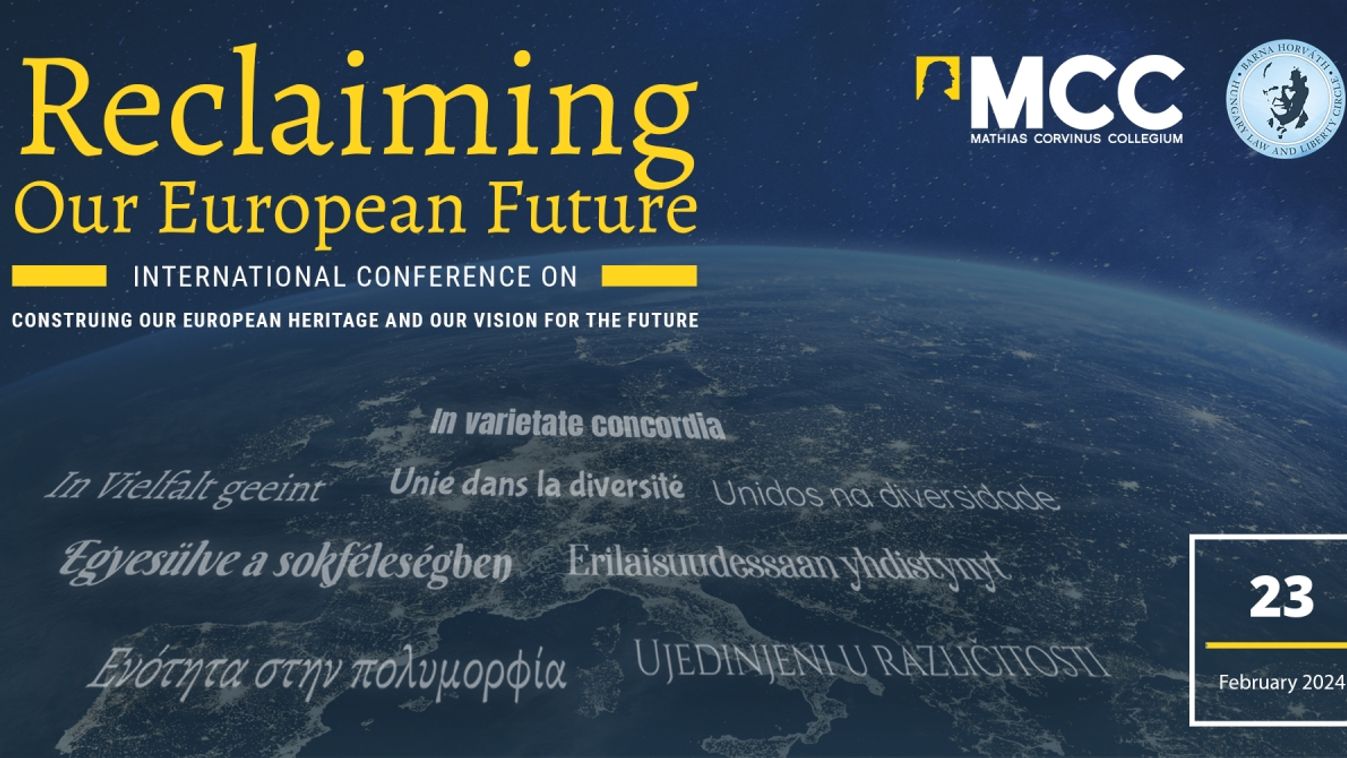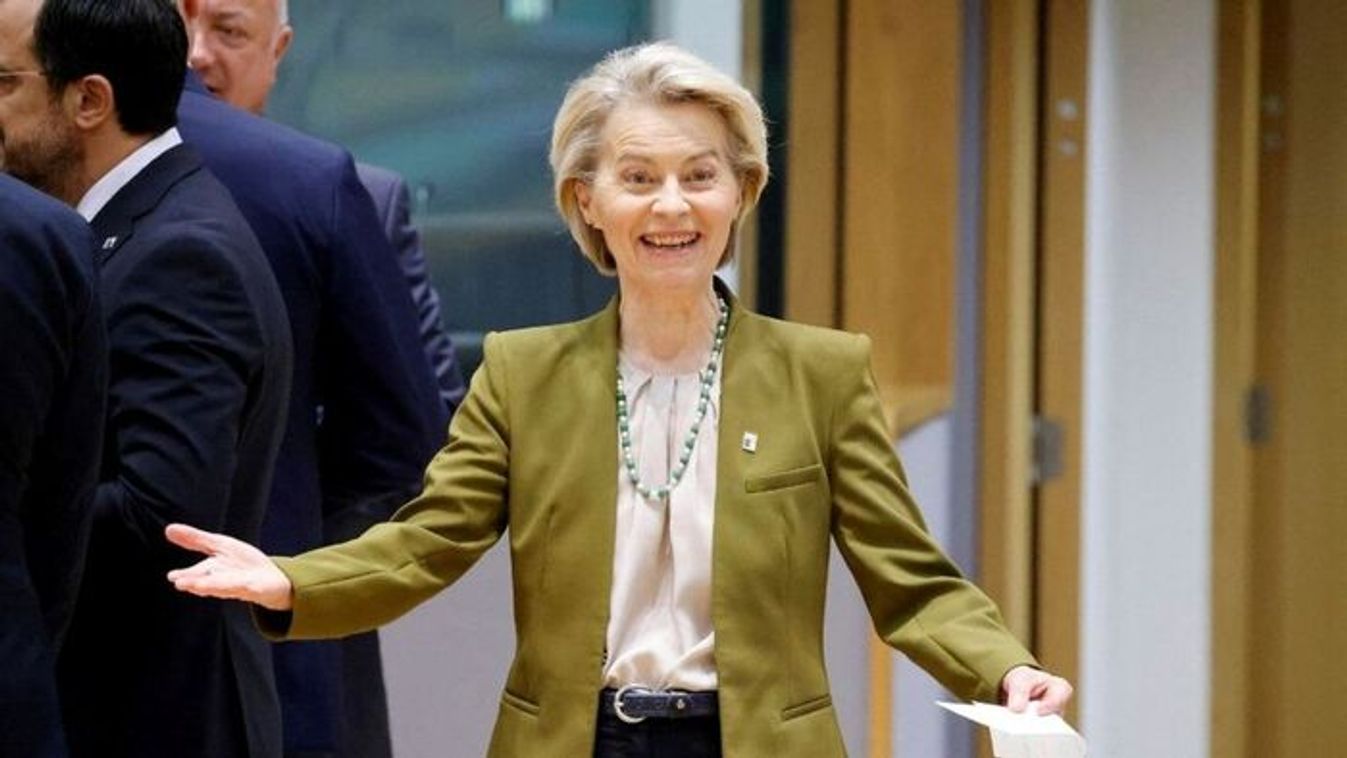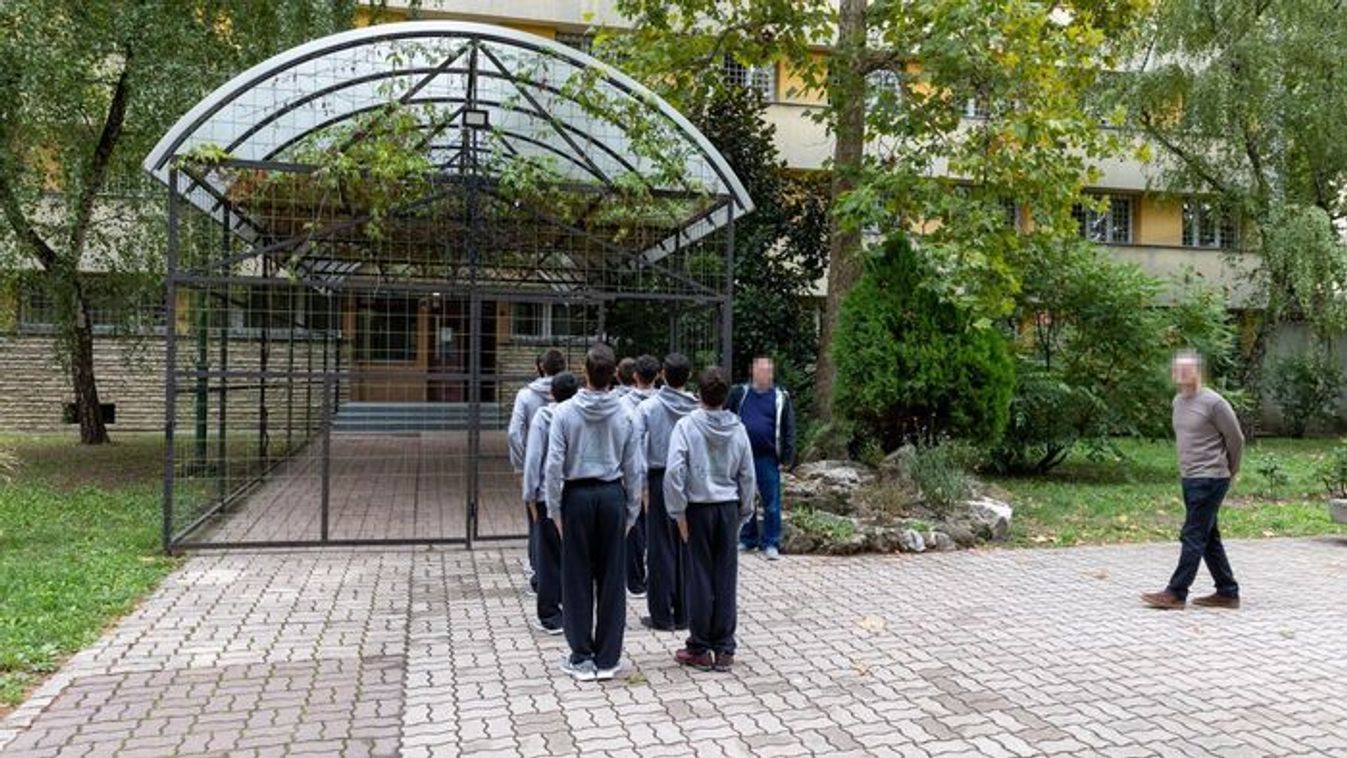There are of course different approaches to reform and they have been extensively discussed, so I will only add a couple of words. There are at this moment two key approaches to reform: non-structural and structural. Non-structural reform focuses on incremental improvements to the current investment arbitration system. Structural or institutional reform focuses on the establishment of a two-tiered multilateral investment court, which is the project carried by the European Union, or of an appellate mechanism that could use the second tier of the multilateral investment court.
There are of course overlaps between these three approaches and, especially, there are cross-cutting issues that can be addressed in the same or similar manner, independently of whether one opts for structural or non-structural reform. Some delegations have already a clear position as to the type of reform they wish to adopt, others have reserved their position and follow a more flexible wait-and-see approach.
What can you tell us about the actual conduct of the negotiations?
UNCITRAL works by consensus and this creates some interesting dynamics. Different states may support different approaches to reform but, for example, when sessions focus on the multilateral investment court, even states that favour arbitration participate. As a result, they put their stamp on the design and functioning of the prospective court, although some of them are ultimately unlikely to sign up to it. At the same time, some of these states that are in principle opposed to the idea of a multilateral investment court may end up deciding to become members of a court that they themselves will have helped shape. Of course, it is also possible that, at some point in the future, there is going to be a split between delegations that favour structural reform and states that favour non-structural reform.
And what can you tell us about the format of the negotiations?













